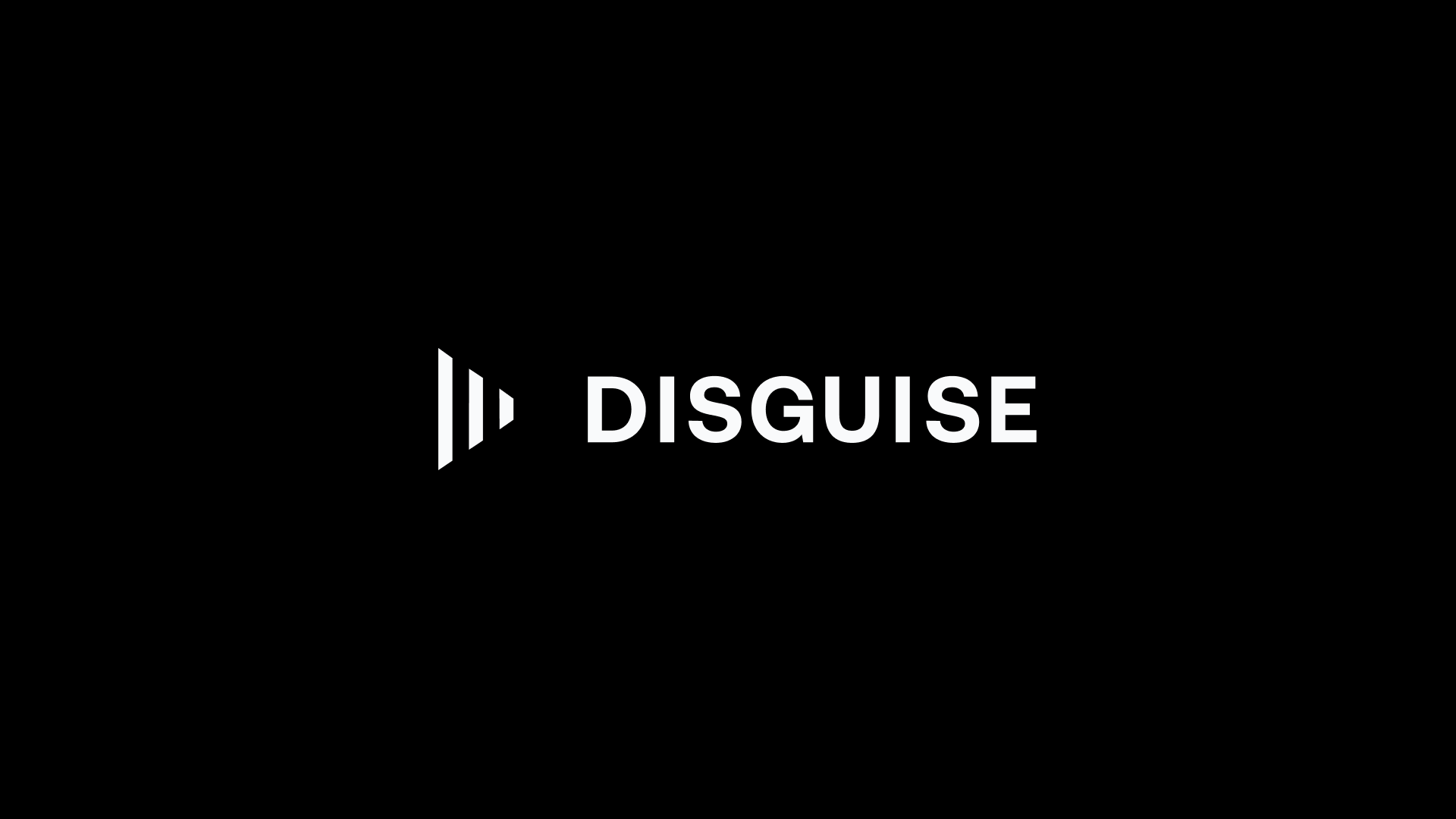Disguise enables realistic sequences in blockbuster hit Top Gun: Maverick
Virtual Production

Fans of Top Gun who have eagerly awaited a sequel were not disappointed when the blockbuster Top Gun: Maverick hit the big screen. They expected dynamic and realistic views for the introduction sequence in the sky and air-base classroom scenes. They got it, thanks to technology and video production techniques delivered by Lux Machina using Disguise’s vx 4 servers and the OmniCal projection calibration system.
2 x 125 ft
projection screens
15
projectors
$1.5B
at the box office
Since its release, Top Gun: Maverick, the long-awaited sequel to the 1986 hit, Top Gun, has scored $1.5 billion at the box office. Made 35 years later than the original, Top Gun: Maverick took advantage of virtual production technologies to deliver photorealistic virtual scenes, which would have been challenging to shoot as efficiently on location.
The Challenge
Los Angeles-based Lux Machina, which specialises in virtual production, in-camera VFX, display technologies and creative screens control were tasked with installing, focusing, blending and programming fifteen projectors onto a curved surface for the classroom sequence - all in a week’s time.
The team wanted to set the scene in an actual building on an Air Force base, yet the classroom could not be used for filming as that would disrupt base activities. The creative team decided to recreate the classroom on a soundstage using virtual production – an ideal solution that offered them control of the time of day, lighting and colour, and the physical environment.
To achieve this, Lux Machina hung two 125 x 24-foot curved projection screens around the perimeter of the set, blended fifteen projectors and projected 270º views of the base at various times of the day.
While the film’s flight sequences were primarily shot in the air, it was not feasible to fly the Dark Star plane in the introduction of the movie - given that the plane does not exist in real life.
To achieve a realistic VFX sequence, Lux Machina put a rear projection screen in front of the plane’s windshield and carried out the cockpit shots on a soundstage.
NEP Sweetwater, a pioneer in display innovations, provided the projectors to the soundstage for the project.
The Solution
The combination of Disguise vx 4 media servers, OmniCal projector calibration and Notch real-time VFX was critical to the virtual production of both the classroom and intro sequences.
Lux Machina had not used OmniCal before, but after spending time learning about the product and the process, the team was able to quickly calibrate fifteen projectors in under 30 minutes after they had been installed for the classroom sequence. This significantly sped up the process of the projector blend, a huge advantage given the tight timeline for shooting the scenes.
Results
Virtual production created a realistic experience for filmgoers, who have definitely found that Top Gun: Maverick was worth the wait. The experience of being in a classroom on the air base and up close and personal at Mach 10 speed was just as believable to watch as other sequences that were shot in their real-life location.